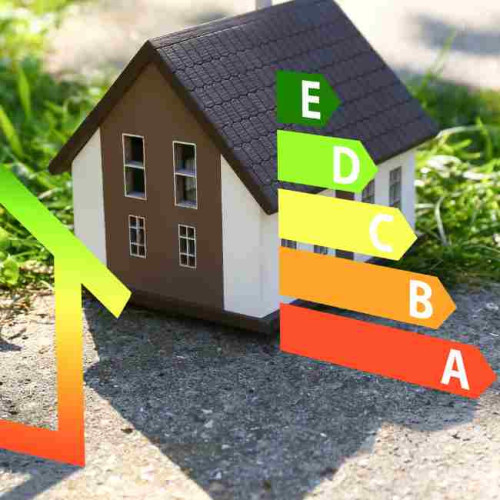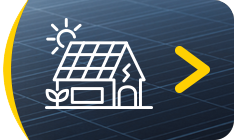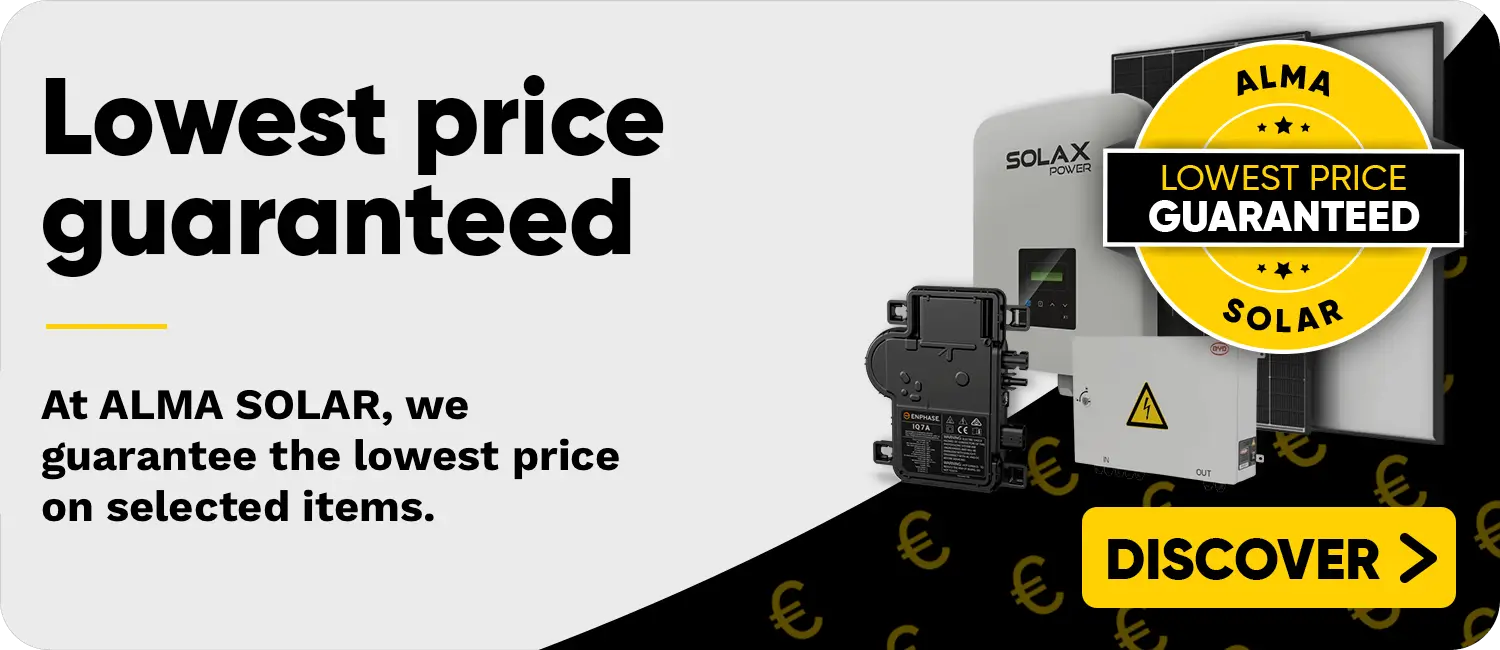- 05 Oct, 2017
- Solar Training

You would like to save money and energy by switching to renewable energy or an energy refurbishment? You are worried about climate change and would like to play your part by turning your house into an eco-friendly home and using green energy? When doing research on photovoltaics online, you are confronted with plenty of acronyms which might be difficult to understand. It is important that you are well informed so your green project can be a full success. We have compiled a list of the most important acronyms to make sure you get all the information you need.
Energy labels for buildings
Situation 1: you already have a house
Et souhaitez y integrer des dispositifs d'economie d'energie comme des panneaux solaire ou une isolation performante. Afin de valoriser encore plus votre bien dans l'optique d'une eventuelle revente, vous pouvez vous interesser a ces labellisations :
- HPE Label (High Environmental Performance) 2012: to obtain this label, your home's consumption must be 10% lower than the maximum permitted consumption for homes.
- HPE Enr 2012: the conditions for obtaining this label are the same as for the previous one, with the additional condition on the installation of renewable energy systems.
- THPE (Very High Environmental Performance) 2005: Your home must have an energy consumption 20% lower than the maximum consumption allowed for the homes.
- THPE EnR 2012: This time it is a target of -30% energy consumption that must be achieved in addition to the installation of renewable energy equipment or a high-performance heat pump.
- BBC (Low Consumption Building) 2005:it is necessary to reach a level of consumption stronly below the maximum levels for housing. For residential buildings, the primary energy consumption for all consumption combined is now limited to 50kWh/m²/year. This maximum was the former criteria for awarding the BBC label. So this one is now obsolete although it still exists and replaced by the next one
- BEPOS (Positive Energy Buildings): These are buildings that produce more energy than they consume.
Situation 2: You live in a house that was built before 2013 (and completed after January 1st 1948)
And if you want to improve your house's energy performance by carrying out renovation work or installing renewable energy equipment, then there are other labels you should know about:
- HPE renovation 2009: your level of primary energy consumption must not exceed 150 kWh/m²/year.
- BBC renovation 2009: the energy ceiling has been set at 80kWh/m²/year, with possible adaptation according to climate zones and altitude.
- BEPOS: this label is also valid for old homes that would achieve energy self-sufficiency, particularly thanks to a photovoltaic or wind energy installation.
Quality labels for photovoltaic panels
If now, in order to achieve one of the objectives set by the various labels, you have decided to opt for photovoltaic panels, you may still encounter other labels in your research (in addition to the certifications we will discuss in a future article) that apply this time to the installations themselves. Here are two of the main ones:
- AQPV (Alliance for Quality in Photovoltaics): this is a French label that was created to guarantee the quality and origin of photovoltaic panels. To obtain it, manufacturers must produce or assemble their panels in France and subject them to a number of technical and test constraints.
- Opinion by the CSTB (Technical and Scientific Center for Buildings): it is an organization that verifies the durability and feasibility of solar installations submitted to them by manufacturers. They then give a technical opinion (which is not a label) but can give good information on the quality of an system.
Something's missing? Let us know if there is anything we can add.
All rights reserved.











